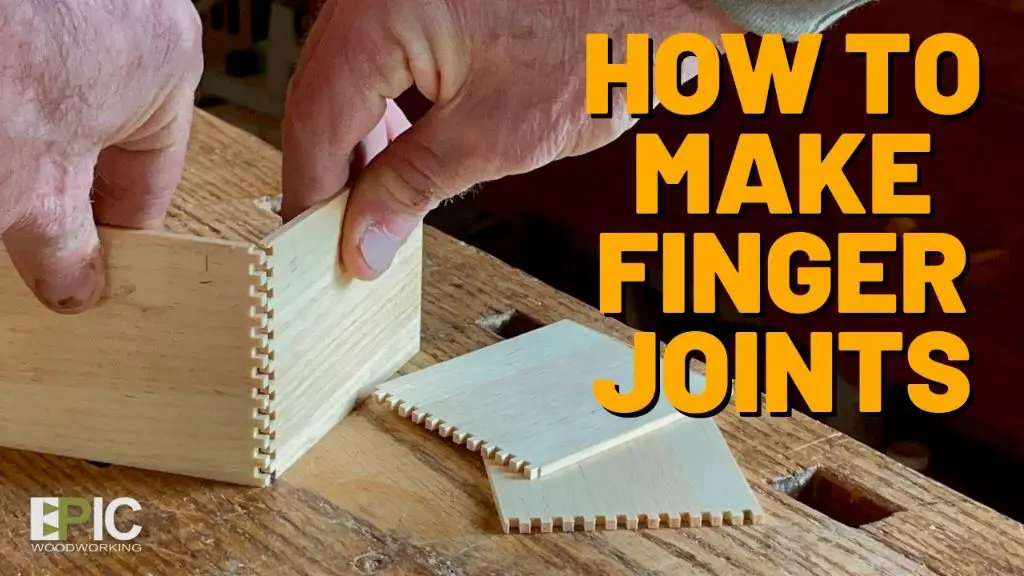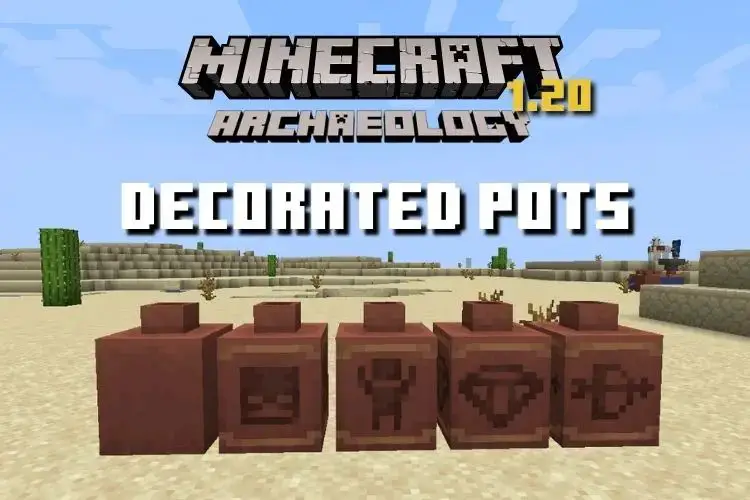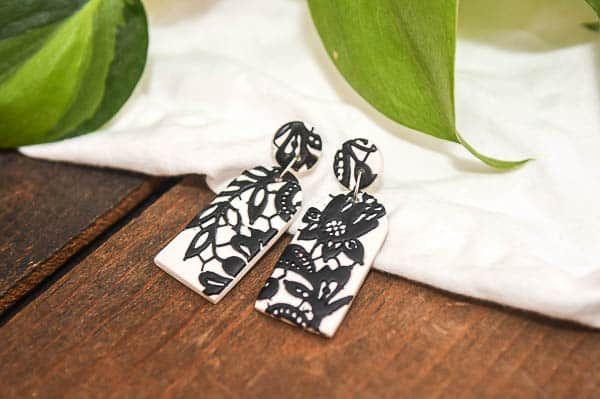How Do You Make A Slab Box Step By Step?
A slab box, also known as a slab jewelry box, is a square or rectangular box made out of a single slab of wood. As the name suggests, slab boxes are constructed from a solid, thick piece of wood rather than multiple thinner pieces joined together. This gives the box a clean, seamless look on the exterior. Slab boxes are a simple woodworking project that can make an excellent handmade gift or decorative accent piece.
Constructing a slab box involves just a few key steps. First, you’ll need to choose and cut a slab of wood to size. Next, box joints are cut into the wood pieces so they interlock when assembled. The box is then glued together, sanded smooth, and finished. Some additional steps like adding a base, installing hardware, lining the interior, etc can customize the look and functionality of the box. The main tools and materials needed are a table saw, a router, wood glue, sandpaper, and the lumber for the box.
With just some basic tools and woodworking techniques, you can make your own beautiful slab jewelry box to keep valuables safe and display small treasures.
Choose Wood
When choosing wood for a slab box, you’ll want to use a hardwood rather than a softwood. Hardwoods like oak, maple, walnut, and cherry are denser and more durable than softwoods like pine or cedar, making them ideal for furniture projects.
Oak is a popular choice as it’s readily available, affordable, and stains well. Maple offers a lighter color and is very strong. Walnut has a rich dark tone when stained. Cherry provides a reddish hue. Consider the look you want as well as the hardness and workability of the wood type.
Make sure the wood is fully dried and seasoned, with a moisture content around 6-8%. Green or wet wood will warp and crack as it dries. Allow fresh-cut lumber to air dry for at least 6 months before using. Kiln-dried wood from a lumberyard is a good option.
Inspect the wood for defects, cracks, or knots that could affect durability. Select boards that are straight and flat for the best slab box results.
Cut the Wood
Once you have selected the wood for your slab box, the next step is to cut the pieces to size. This is an important step to ensure your box pieces fit together properly. Using a table saw is the best method for getting straight, accurate cuts.
Start by cutting the boards to length based on the dimensions you want for your box. Make sure your cuts are square by using the table saw fence as a guide. For clean cuts, take your time and don’t force the wood through the blade. Let the blade do the work.1
Next, cut a portion of the board that will become the lid. Measure the height you want for your lid and make the cross cut on the table saw. Again, go slow and don’t force it to get a nice clean edge.
Once all the pieces are cut to size, lightly sand them with 120 grit or higher sandpaper to smooth any rough edges and prep for assembly. Be careful not to round over the edges too much.
Add Box Joints

One of the key steps in making a slab box is adding the box joints that interlock the sides of the box together. For clean box joints, you’ll want to use a dado blade on a table saw (see this article for how to set up a box joint jig). The dado blade will allow you to cut precise, flat-bottomed grooves to form the fingers of the box joints.
Set the width of the dado blade to match the thickness of the wood you’re using for the sides of the box. Cut several practice box joints in scrap wood, testing the fit of the joints before cutting the final pieces. You want the joints to fit snugly but not be too tight. Make small adjustments to the blade width if needed until the joints fit just right.
Once you have the joints fitting properly, cut the box joints in the final wood pieces. Take your time and make sure your workpiece is securely positioned in the jig to get clean, accurate cuts. Cut all the pin boards first, then reset the jig and cut the tail boards. Test fit each joint as you go to ensure a proper fit.
When all box joints are cut, dry assemble the box and inspect the fit. Make minor tweaks with sandpaper if needed to smooth out the joints before final glue up.
Glue the Box
Once all the joints are precisely cut, it’s time to glue up the box. Start by applying a thin layer of wood glue to the surfaces of each joint. PVA wood glues like Titebond are commonly used for woodworking projects. Be sure to get full coverage but wipe away any excess. According to sources, “PVA glues like Titebond typically take 24 hours to fully cure when clamping small projects.” [1]
After applying the glue, fit the joints together firmly by hand. Then use bar or pipe clamps to tightly clamp the joints together applying even pressure. “Use clamps to apply up to 150 psi pressure to the joints to ensure a strong bond while the glue dries,” as stated by experts. [2]
Once clamped, set the project aside and allow the glue to dry undisturbed overnight. Wood glues cure slower in colder temperatures. “Expect extended drying times below 50°F.” [3] After at least 24 hours, the glue should be fully cured and ready for the next steps.
[1] https://www.pinterest.com/pin/663295851378547812/
[2] https://pinecarve.com/wood-glue-dry-time/
[3] https://woodworkerlodge.com/how-long-does-it-take-wood-glue-to-dry/
Add Base
After the box is assembled, the next step is to add a base. This is an important structural component that will attach to the bottom of the box.
Start by cutting a piece of plywood to the exact interior dimensions of the box bottom. It’s best to use 1/4 or 1/2 inch plywood here. Cut carefully to get a perfect fit.
Once the base is cut to size, spread wood glue on the top edges of the base piece, then align it with the bottom of the box interior. Using a hammer and nails, attach the base by nailing through the box bottom into the edge of the base. Space nails about every 2 inches around the perimeter to securely attach it.
Let the glue dry completely before moving on to the next steps. The base should now be firmly attached to the bottom of the box.
Sand the Box
Once the glue has dried and the box is fully assembled, the next step is to sand the box. Start with a coarse grit sandpaper like 80 or 100 grit to remove any undesirable glue marks or uneven surfaces. According to this source, it’s helpful to sand inside a DIY sanding box to contain dust.
Be sure to thoroughly sand all surfaces and edges of the box. Pay close attention to corners and hard to reach areas. Sand these with a sanding block or by wrapping sandpaper around a thin piece of wood. Sanding the edges helps round and smooth them.
Gradually move up through finer grits of sandpaper like 120, 150, and 220. The finer the grit, the smoother the final surface will be. Always sand with the grain and use light pressure. Finish sanding by hand in the direction of the wood grain to achieve the smoothest result.
Finish the Box
Once the sanding is complete, you can apply your chosen finish to protect the wood and give it the desired look. When working with a slab box, you have a few good options for finishing:
– Oil – Tung or linseed oils enhance the natural wood grain and give a smooth, natural look. Apply several coats allowing each to fully dry in between. Oils give minimal surface buildup.
– Stain – Oil-based stains add color while allowing the grain to show through. For best results, apply pre-stain conditioner first. Apply stain in thin coats, wipe away excess, and allow to dry fully before adding more coats for darker color.
– Polyurethane – Water-based or oil-based polyurethanes give a smooth, durable clear finish. Apply 2-3 thin coats, sanding lightly between each with fine grit sandpaper for best results. Allow each coat to dry fully before adding the next.
– Wax – Protective waxes like beeswax or carnauba create a soft luster. Apply the wax, allow to haze, then buff to a sheen with a soft cloth. Multiple coats can build up a nice patina over time.
Always check the manufacturer’s instructions for proper application and drying times. Proper finishing is important to protect the natural wood and achieve the desired look for your slab box.
Source: https://blueseawood.com/en/how-to-finish-live-edge-wood-slab-a-comprehensive-guide/
Install Hardware
One of the final steps in making a slab box is installing the hardware to allow the box to open and close properly. The main hardware components are hinges and a clasp or magnet.
For hinges, many woodworkers prefer using small brass butt hinges. These should be installed on the inside of the box using wood screws. Be sure to pre-drill pilot holes to avoid splitting the wood. Place the hinges about 1-2 inches from the edges of the lid and base. Use at least two hinges so the lid aligns properly when closed.[1]
For closing the box, you can use a basic brass clasp or latch, or go for a more modern touch with magnets. Simple clasp mechanisms like barrel clasps can be installed on the front edges of the box. For magnets, many woodworkers glue rare earth magnets into recesses on the lip of the base and lid. This creates a tight seal when closed without any visible hardware.
Conclusion
In summary, the key steps to making a slab box are choosing the wood, cutting it to size, adding box joints, gluing the box together, attaching a base, sanding, finishing, and installing hardware. Proper care for a wood slab box includes keeping it out of direct sunlight to avoid fading, avoiding excessive moisture, and dusting regularly. Slab boxes can be designed in many creative ways – some inspiration includes geometric patterns, bas relief sculptures, or using varied wood types and grains for visual interest.
To see examples of beautifully designed slab boxes, check out these sources:
https://www.tiktok.com/discover/slab-box-designs
With some practice and creativity, you can make your own unique slab box using the construction steps outlined here.





